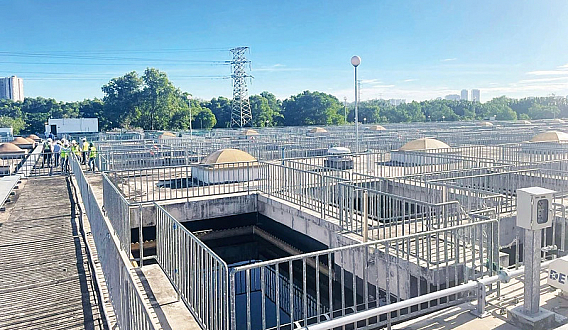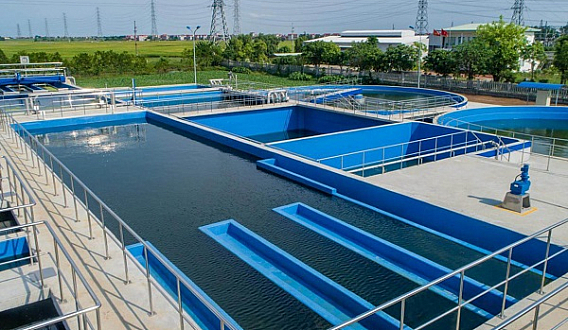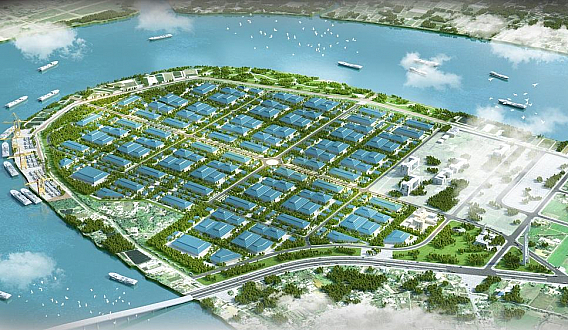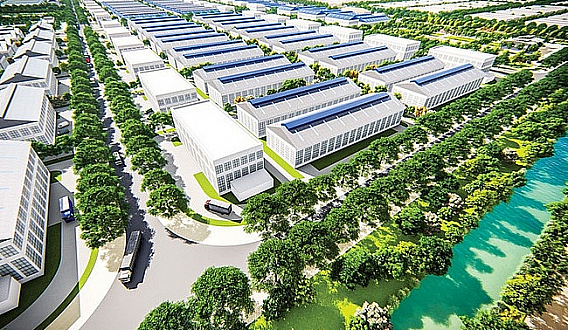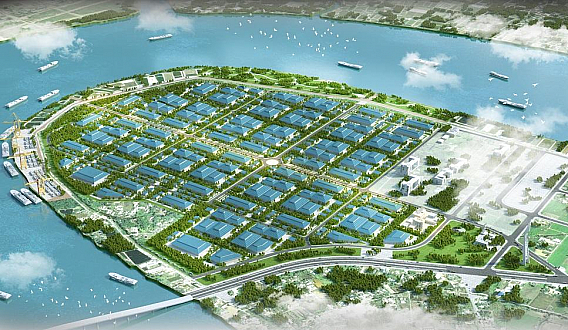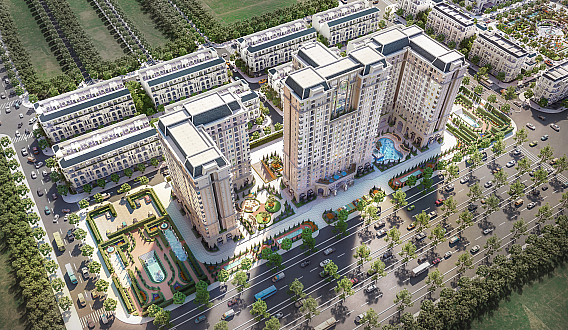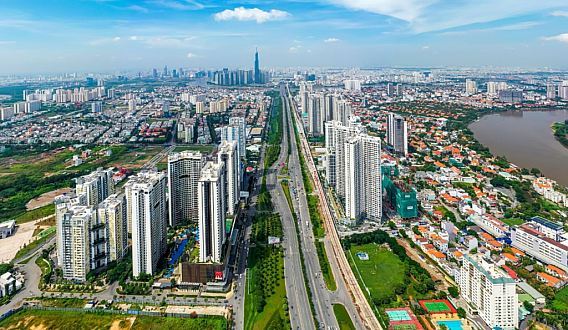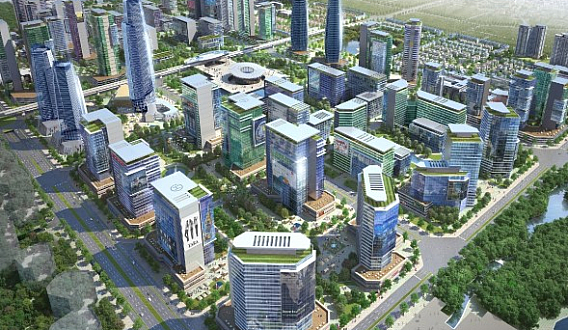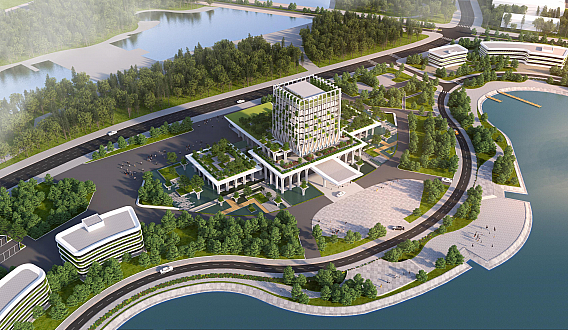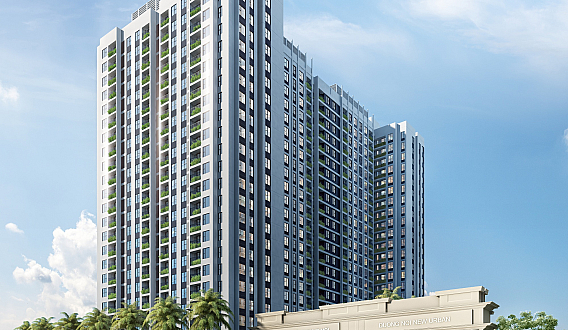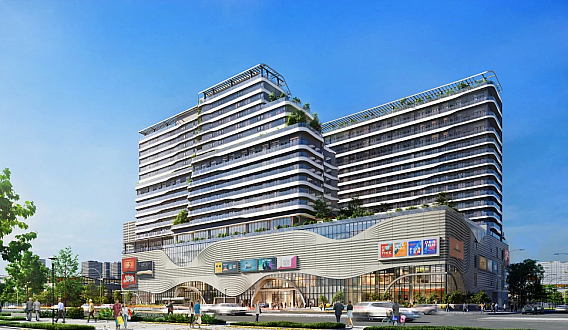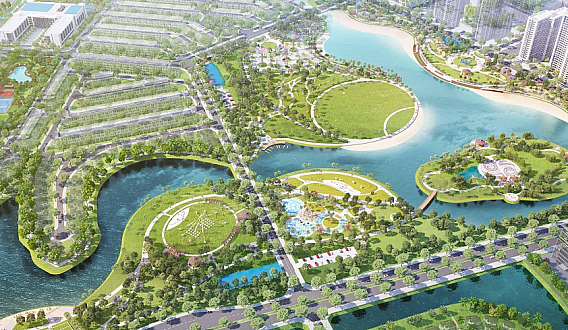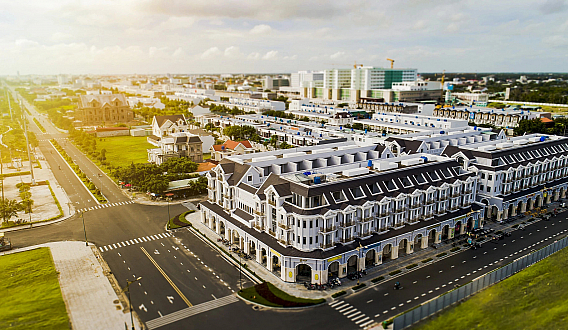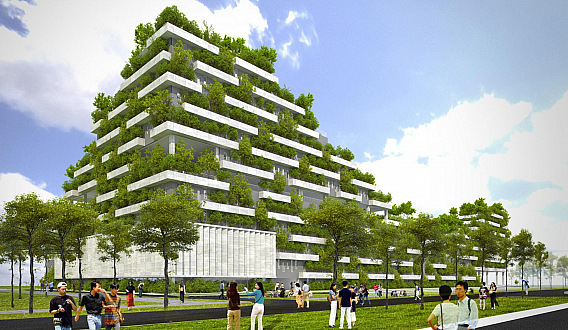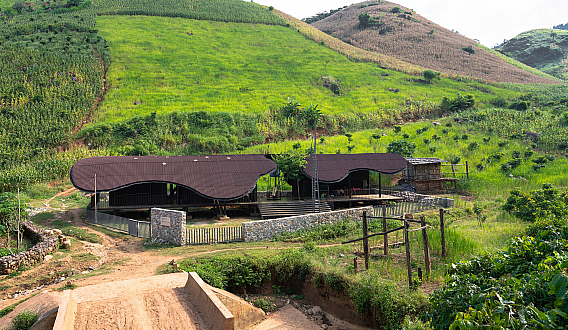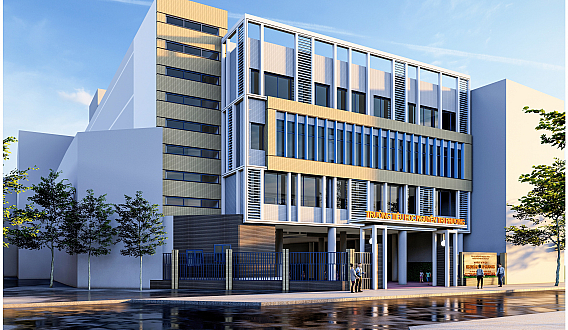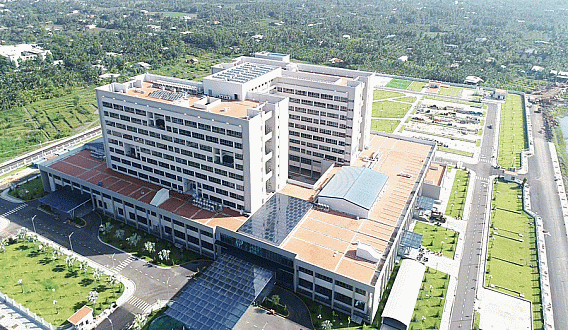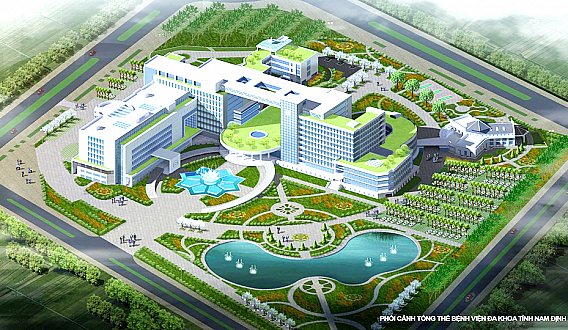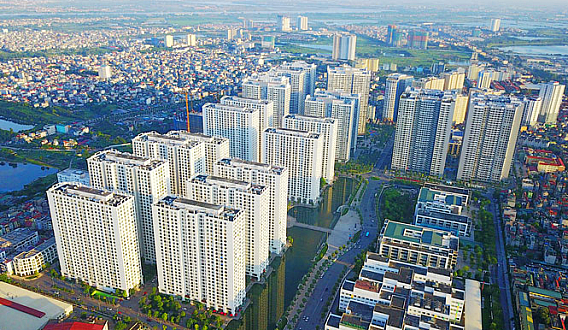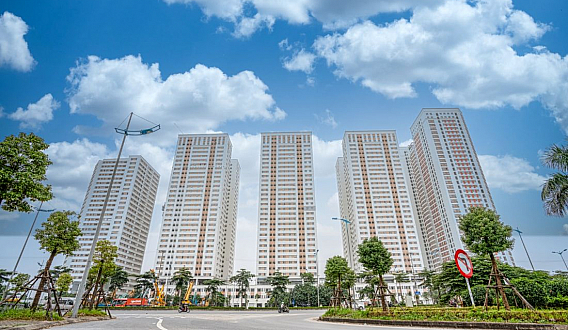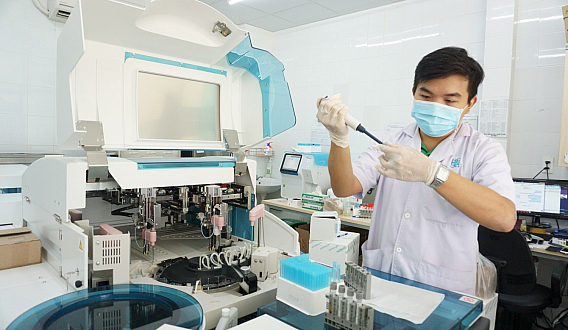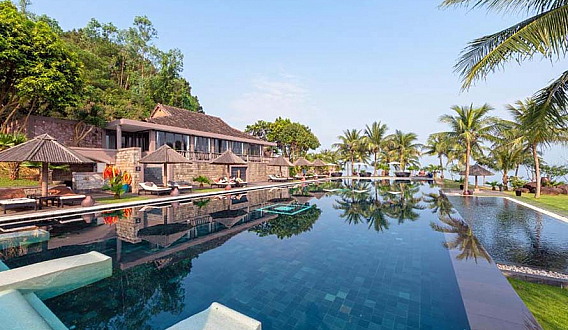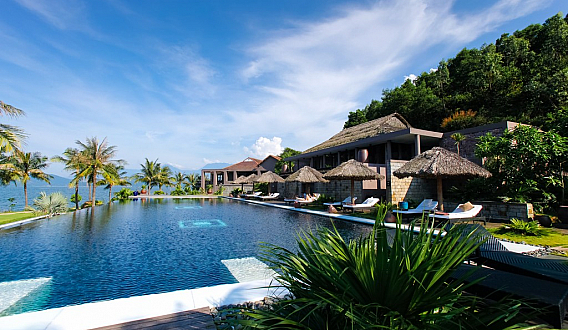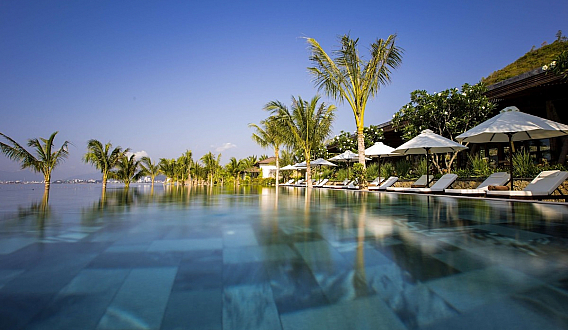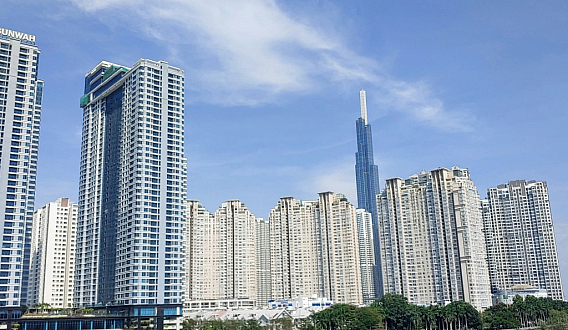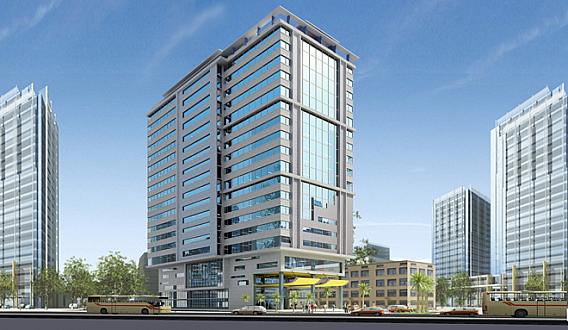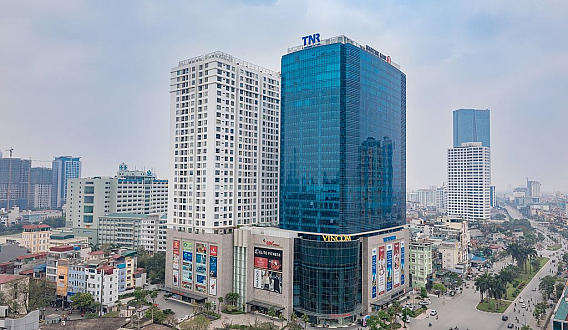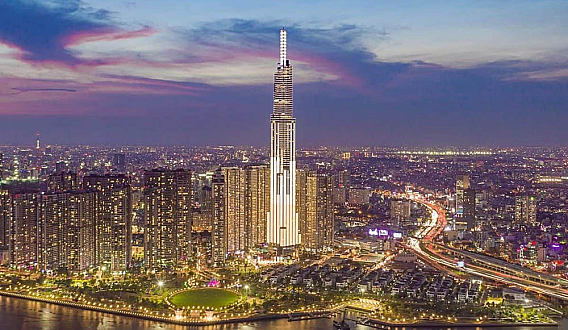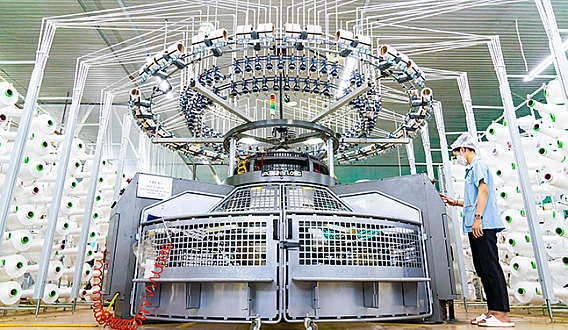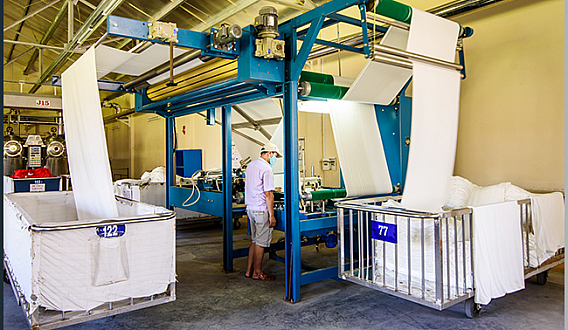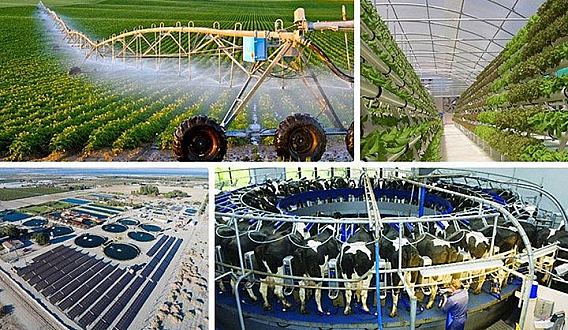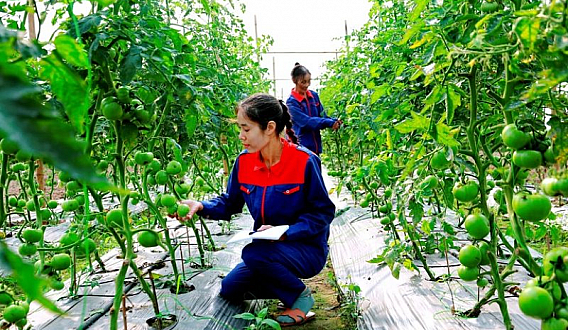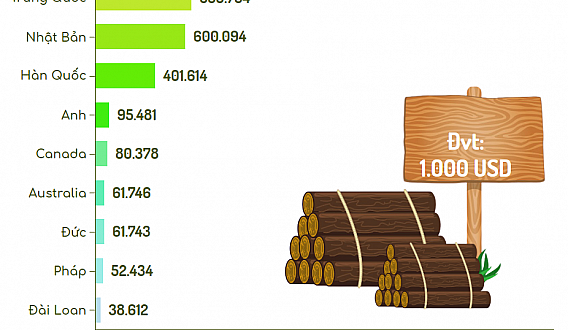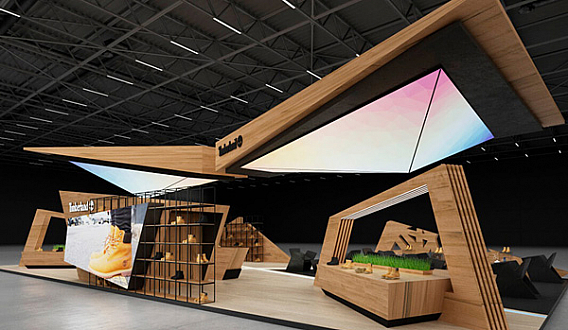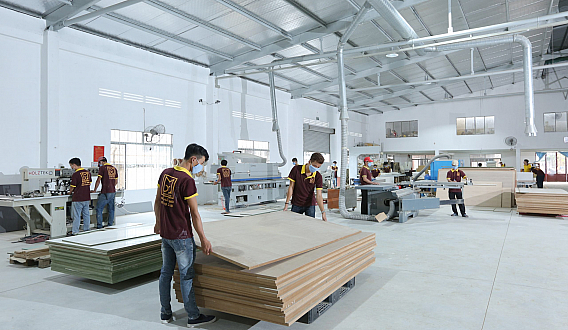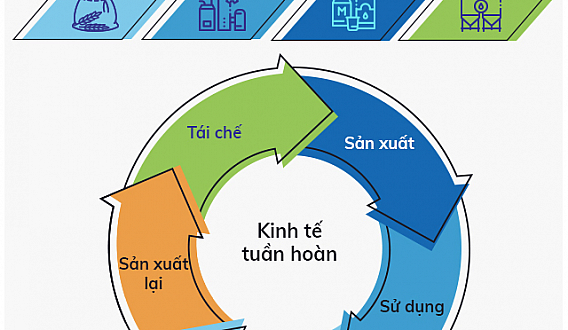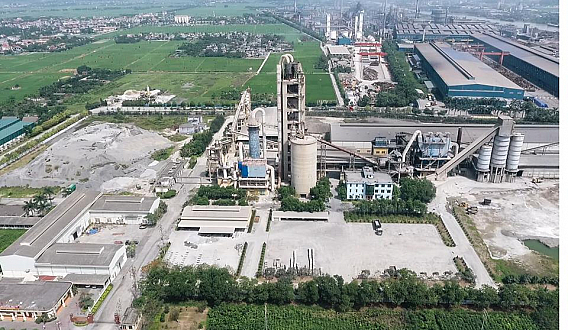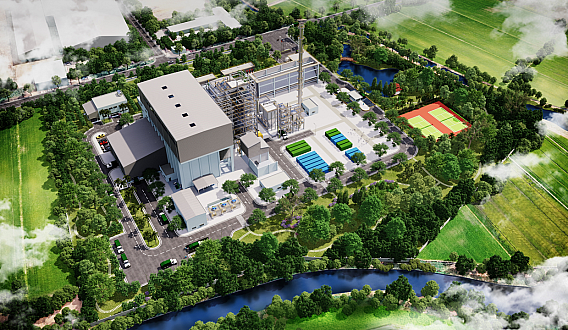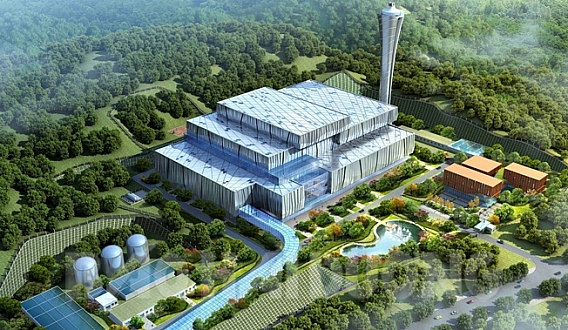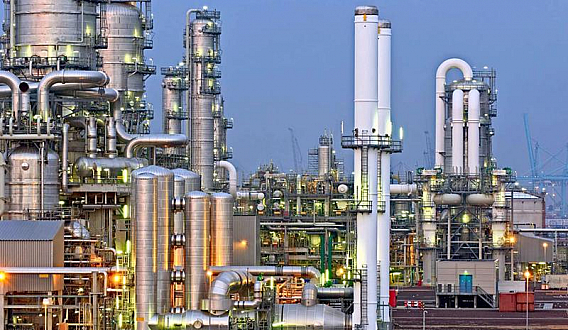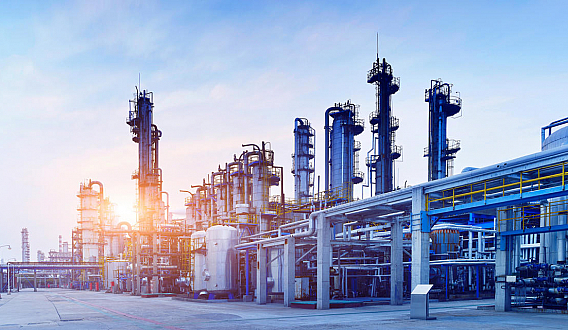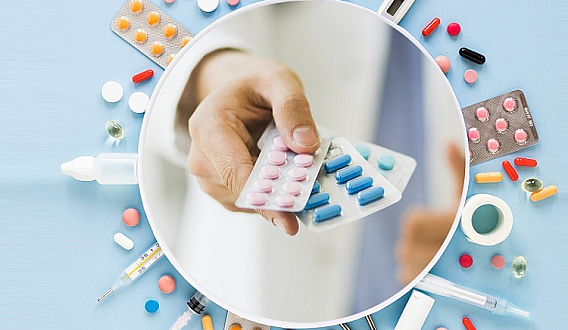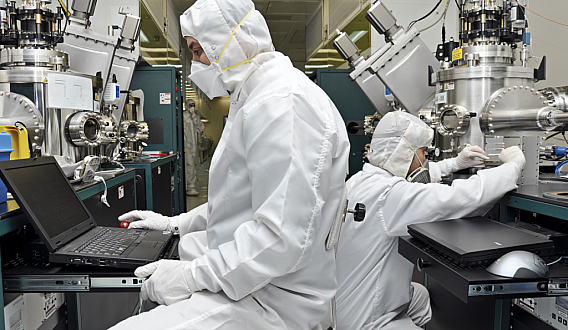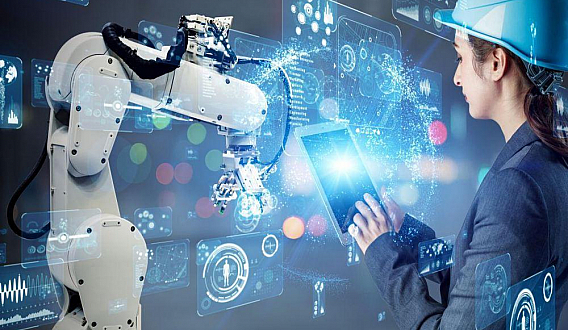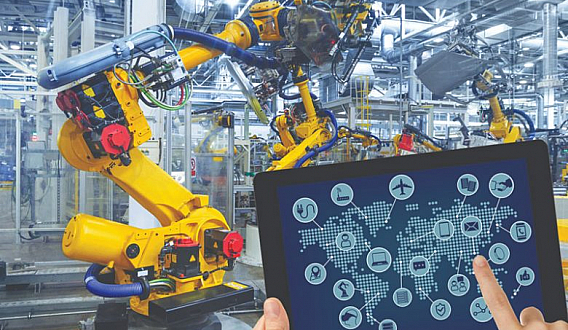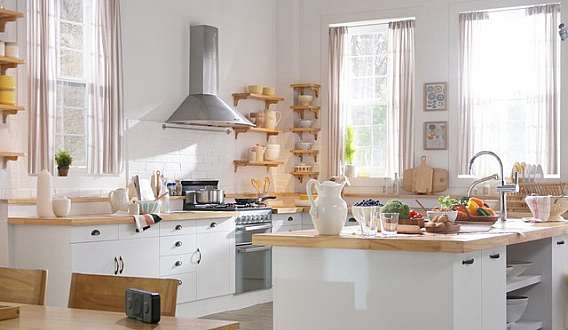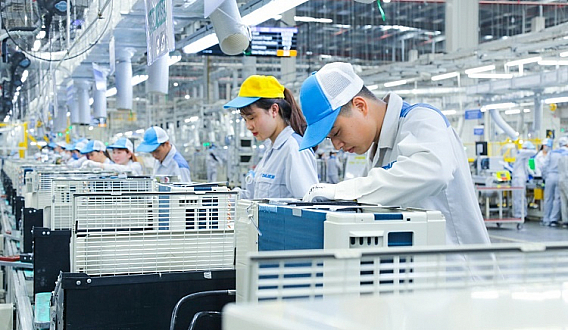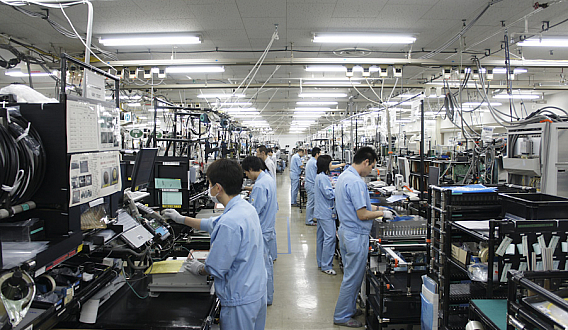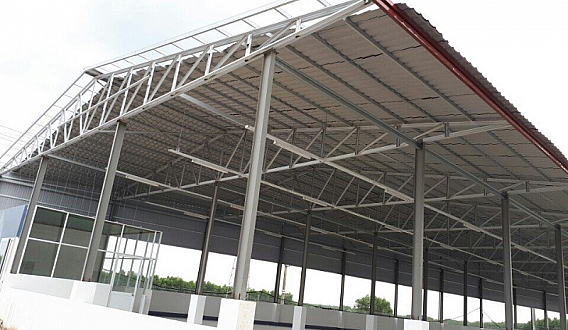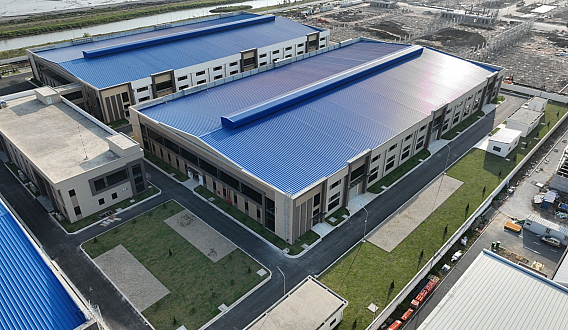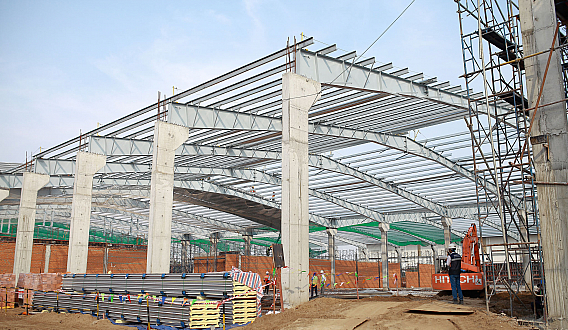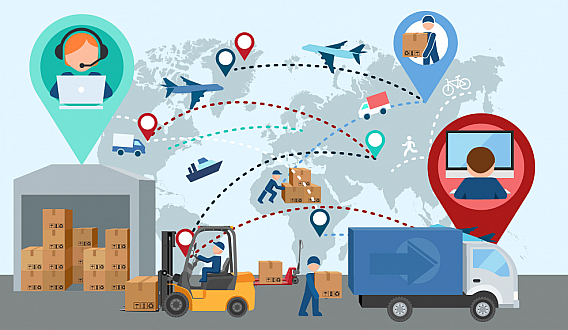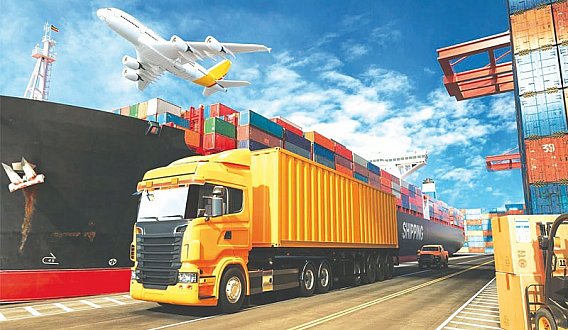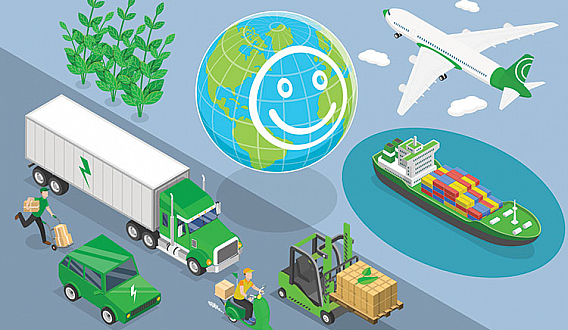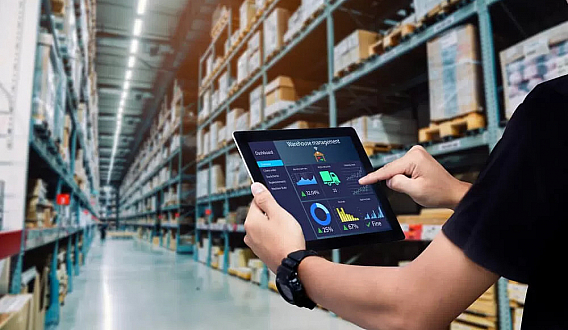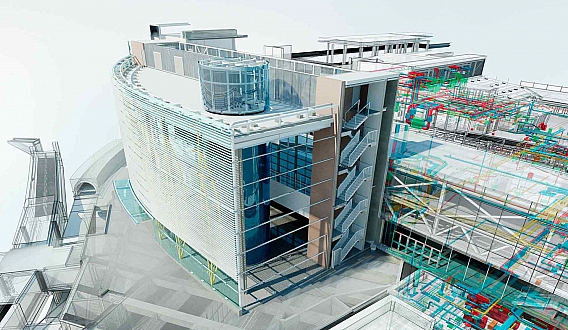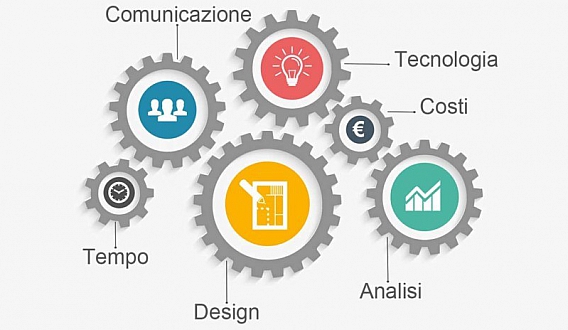Integrating Green Criteria into Urban Development for Sustainable Development
Integrating Green Criteria into Urban Development for Sustainable Development
Ho Chi Minh City needs to promptly address the increasingly severe environmental pollution to develop towards a green and clean energy urban direction. For any new project, prioritizing the implementation of green areas without neglecting green conditions and parks for real estate projects, housing, and residential areas is essential.
New projects must meet green development criteria
Ho Chi Minh City needs to incorporate general regulations, such as green development requirements, into project criteria, decoration, and architecture.
Environmental protection and green care should spread to every family. Planting trees anywhere possible, from dormitories to schools, hospitals, workplaces, vacant lots, corners of yards, awnings, balconies, and even on walls or staircases in apartment buildings.
Every organization, unit, and business, depending on actual conditions, should have solutions for planting trees, vines, fruits, flowers to contribute to environmental protection, covering the city with vibrant green.
In existing residential areas with high urbanization, prioritizing the creation of parks from remaining vacant land is essential to enhance the landscape and serve the community. Encourage property owners to add greenery to their buildings, innovative roofs, or green walls with planted trees or rooftop gardens.
The government should intensify tree planting on green-deficient roads, new urban areas, suburban areas with abundant public land reserves.
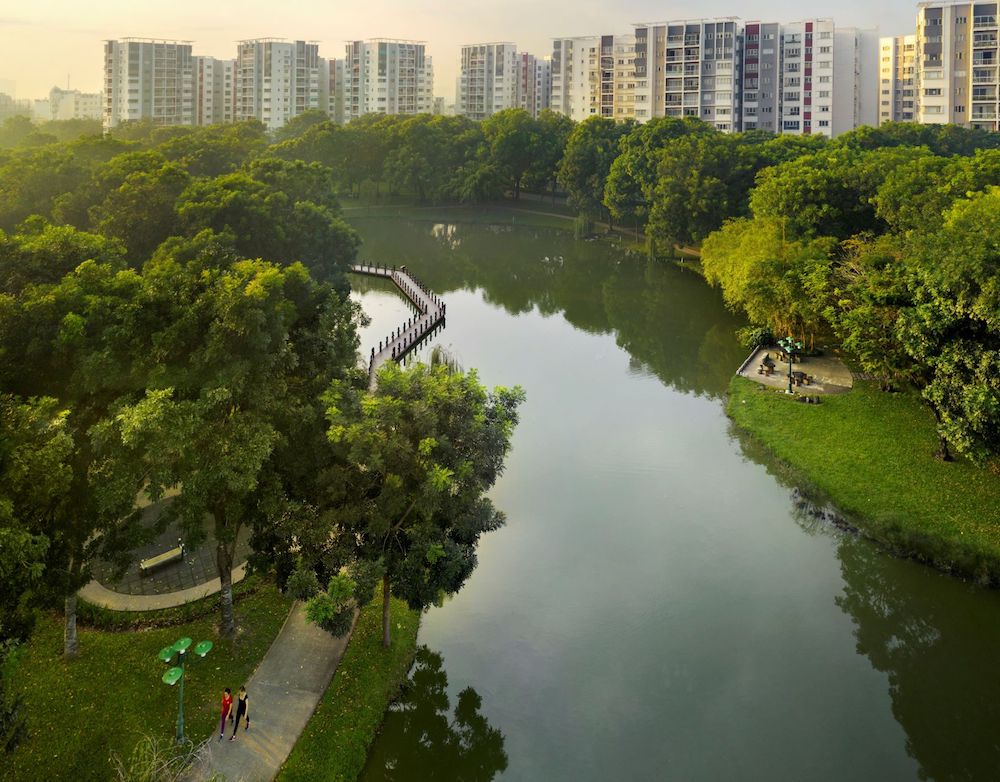
Utilizing clean natural energy
This is a way to minimize emissions, limiting adverse effects on the environment. Prioritizing renewable sources such as wind and solar energy is the best solution for residences, workplaces, and community-serving locations.
Construction design should utilize natural elements more through skylights, ventilated windows instead of relying heavily on fans and air conditioning with electrical devices during the day.
Green and sustainable urban planning and transportation development. Design pedestrian-friendly and safe routes with flat surfaces, illuminated at night. Public bicycles connected to buses and, later, with the metro, will become more popular, needing expansion to tourist destinations, parks, schools, bus stations, train stations, and commercial centers.
Improving the quality of public transportation with electric vehicles, electric buses, and buses using clean fuel. These vehicles also need dedicated lanes, making widespread coverage more convenient and ultimately leading to a reduction in private vehicles and gradually phasing out vehicles with engines to reduce emissions.
Promoting the development of renewable energy with support mechanisms for purchasing biomass, solar, and wind power through legal planning channels for wind and solar power projects to be socialized, attracting investment, and organizing tenders.
If every organization and individual installing a solar energy system is supported with 20-30% of the cost, it will create a breakthrough for this sector, and the state's repurchase will significantly increase the current shortage of electricity.


